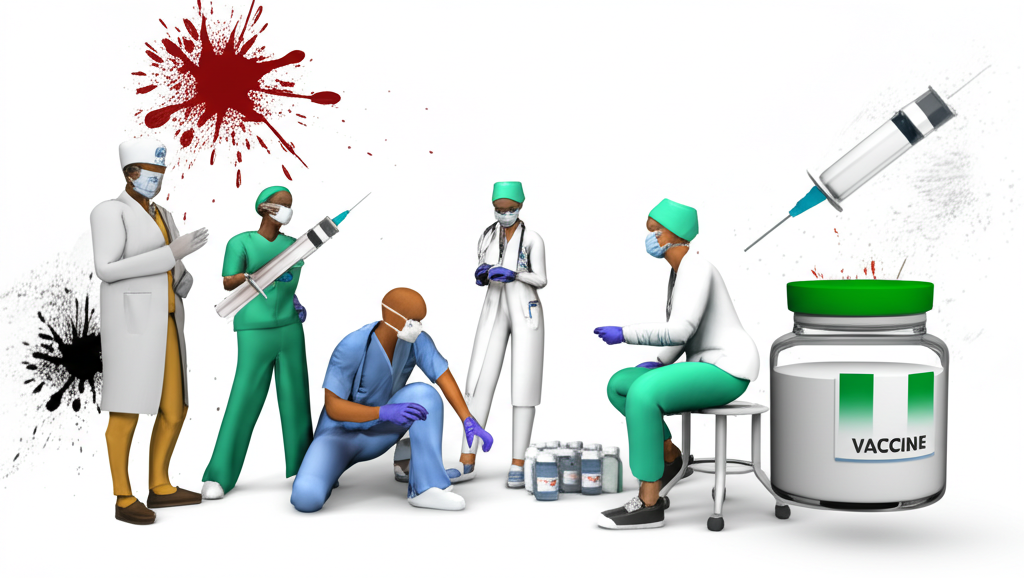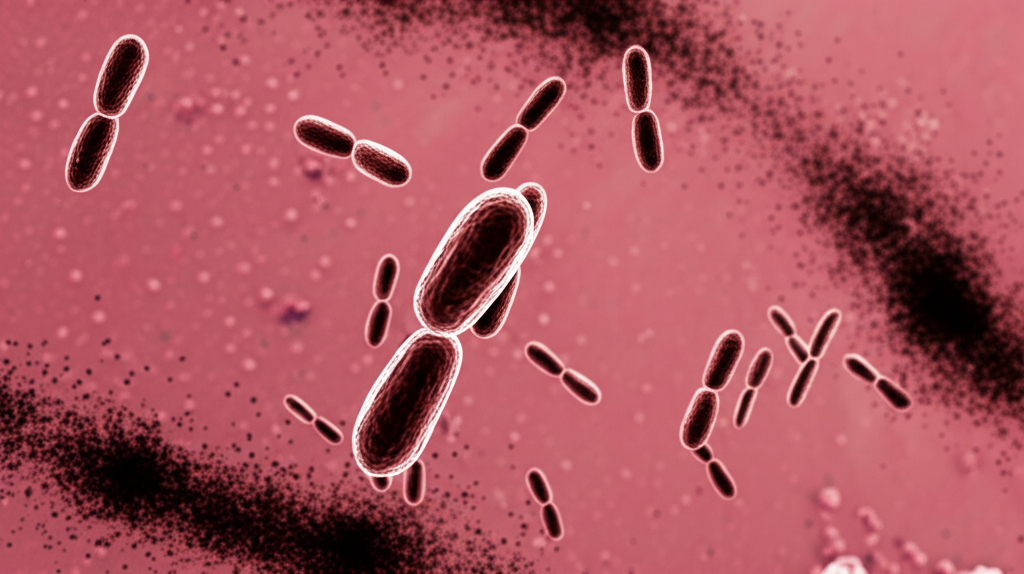The journey to motherhood isn’t always straightforward. For many women, the path is fraught with challenges related to infertility. This article dives deep into the often misunderstood world of female factor infertility, shedding light on its causes, types, emotional toll, and available solutions.
- What is Female Infertility?: A breakdown of what it means when a woman faces difficulty conceiving.
- Types of Infertility: From primary to absolute, understanding the different forms and their prevalence.
- Emotional and Social Impact: The heavy emotional burden and stigma women often face, especially in cultures where motherhood defines a woman’s worth.
- Causes of Female Infertility: A look at the various factors, from ovulation disorders to lifestyle choices.
- Seeking Help: Why early diagnosis and the right treatment are essential.
Understanding Female Infertility: More Than Just a Biological Issue
Female infertility is defined as the inability to conceive or carry a pregnancy to term after one year of regular, unprotected intercourse. It’s a complex issue with multiple underlying causes, affecting women in diverse ways. But it’s more than just a biological challenge; it carries significant emotional and social implications.
Types of Female Infertility: A Spectrum of Challenges
Infertility isn’t a one-size-fits-all condition. It’s important to understand the different types, each with its unique set of circumstances:
- Primary Infertility: This is when a woman has never been able to get pregnant. Issues with ovulation, blocked fallopian tubes, or uterine problems are common culprits.
- Secondary Infertility: More common than primary infertility, it occurs when a woman who has previously conceived is unable to do so again. This can be due to scarring from past pregnancies, hormonal imbalances, or new reproductive health issues.
- Unexplained Infertility: A frustrating reality for many, this is when no specific cause can be identified despite thorough testing.
- Partial Infertility: Reduced fertility can make it difficult to get pregnant. Factors like age, lifestyle, and certain medical conditions play a significant role.
- Absolute Infertility: This involves a complete inability to get pregnant, often due to the absence of key reproductive organs.
The Heavy Toll: Physical, Emotional, and Social Impacts
Infertility’s impact goes far beyond the physical. Women often face:
- Physical Effects: Hormonal imbalances, irregular cycles, pelvic pain, and increased risk of conditions like endometriosis.
- Emotional Effects: Depression, anxiety, low self-worth, grief, and strained relationships are common.
- Social Effects: In some cultures, women face intense stigma, are often marginalized, and can experience social isolation, marital problems and economic hardship. Sadly, in some societies, a woman’s value is tied to her ability to bear children, making infertility a particularly painful experience.
The Root Causes: What Leads to Female Infertility?
Several factors can contribute to female infertility. Here’s a look at some of the most common:
- Ovulation Disorders: Problems with the ovaries, such as PCOS, premature ovarian failure, and hypothalamic dysfunction, can prevent the regular release of mature eggs.
- Fallopian Tube Issues: Blockages or damage caused by pelvic inflammatory disease, endometriosis, or previous surgeries can hinder the egg’s journey to the uterus.
- Uterine or Cervical Problems: Fibroids, polyps, an abnormal uterine shape, or cervical issues can interfere with implantation or embryo development.
- Hormonal Imbalances: Thyroid problems or high levels of prolactin can disrupt ovulation and fertility.
- Genetic Factors: Conditions like Turner syndrome or fragile X syndrome can cause infertility.
- Age: Fertility declines with age, especially after 35, due to decreased egg quality and quantity.
- Lifestyle Factors: Excessive alcohol, smoking, obesity, extreme stress, and poor diet can significantly impact fertility.
Seeking Solutions and Finding Hope
If you suspect you might be experiencing infertility, seeking professional help is essential. Don’t delay. Early diagnosis and treatment are crucial to ensure the best possible outcome.
Diagnosis and Testing
A proper diagnosis often involves several tests, including:
- Ovulation Assessment: Checking if and when ovulation occurs.
- Hormone Testing: Measuring hormone levels to identify any imbalances.
- Hysterosalpingography (HSG): X-ray test to check for blocked fallopian tubes.
- Laparoscopy: A minimally invasive procedure to visually inspect the reproductive organs.
Treatment Options
Treatment options vary depending on the underlying cause and may include:
- Medications: To stimulate ovulation or regulate hormones.
- Assisted Reproductive Technologies (ART): Such as IVF, IUI, and other advanced treatments.
- Lifestyle Changes: Adjusting diet, exercise, and stress levels.
- Surgical Interventions: To correct structural issues or remove blockages.
Support and Resources
Infertility can be an isolating experience. Seeking support from a healthcare team, and mental health professionals is incredibly important. There are many resources that can provide support and guidance on your journey to conceiving.
This article provides a general overview of female infertility and should not be considered medical advice. Please consult with a healthcare professional for diagnosis and treatment.



